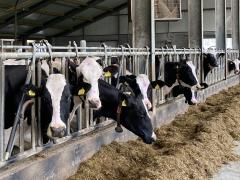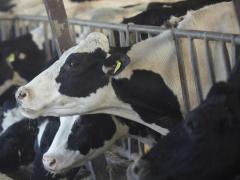Understanding change in patterns of vulnerability
A methodology to assess future development in patterns of vulnerability is presented which can support the assessment of global policies with regard to their impacts on specific vulnerabilities on the regional or local scale. Patterns of vulnerability, formalized by vulnerability profiles were investigated under different consistent indicator scenarios reflecting different global policies.
After unfolding several principal possibilities to do such an analysis of temporal change in vulnerability patterns we conclude that the concept of "Clusters of Change" (CoCs) is the most straight forward and promising approach. The main arguments are that each interpretation has necessarily to consider both, the starting situation and it's change over time ("poor and heavily improving", "rich and stagnating" etc.). This implies that we are looking for patterns which represent typical combinations of present states AND expected future changes.
An application of the CoC-concept to the drylands vulnerability patterns considering the indicator set for the present situation and the same indicator set for 2050 under a baseline scenario was performed as a test. Comparison of the present vulnerability cluster partition with the spatial distribution of the CoCs revealed that most of these clusters are separated into an improving and a deteriorating part which shows where winners and losers are.
Potsdam Institute for Climate Impact Research (PIK) Report 127
Auteurs
Kenmerken
- Publicatietitel
- Understanding change in patterns of vulnerability
- Publicatiedatum
- 31 januari 2014
- Publicatie type
- Publicatie
- Publicatietaal
- Engels
- Productnummer
- 1380




